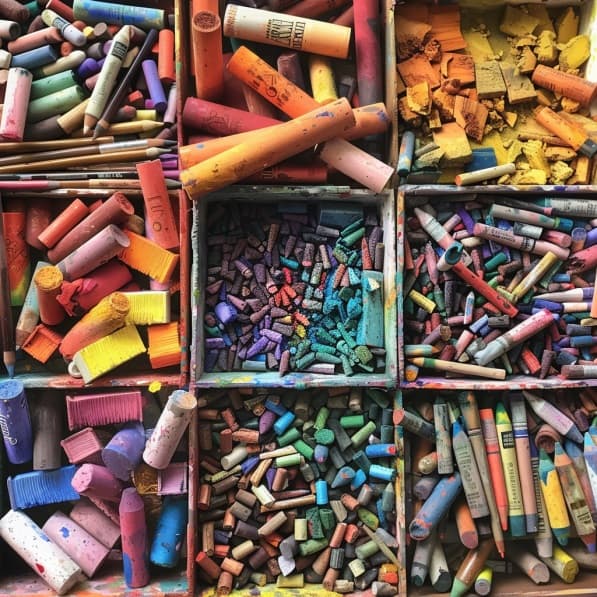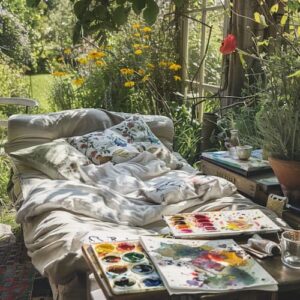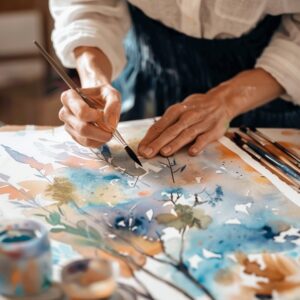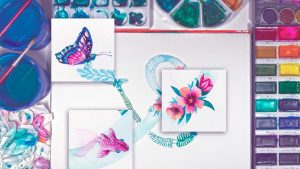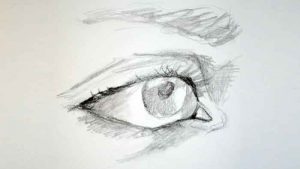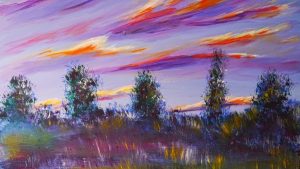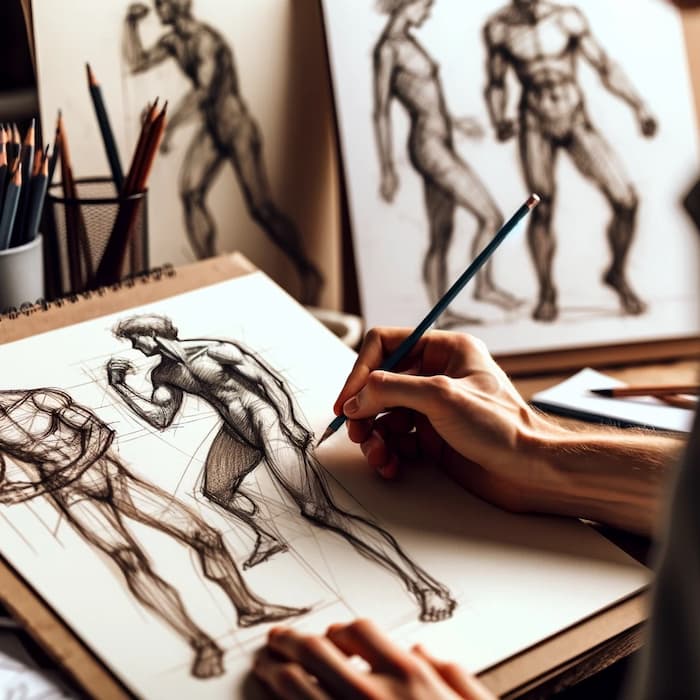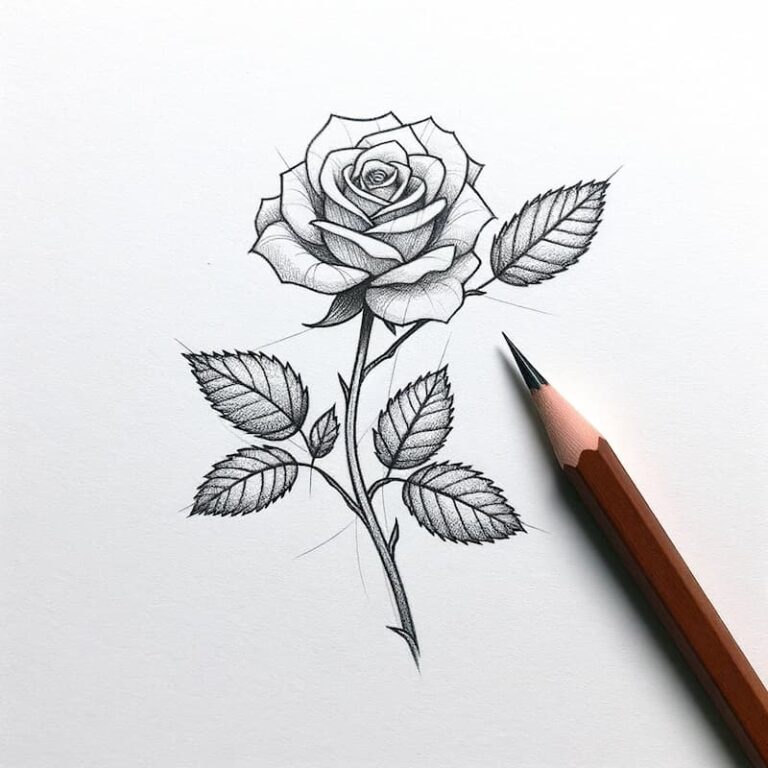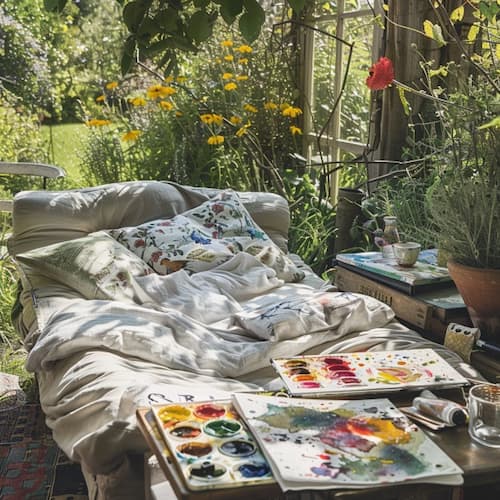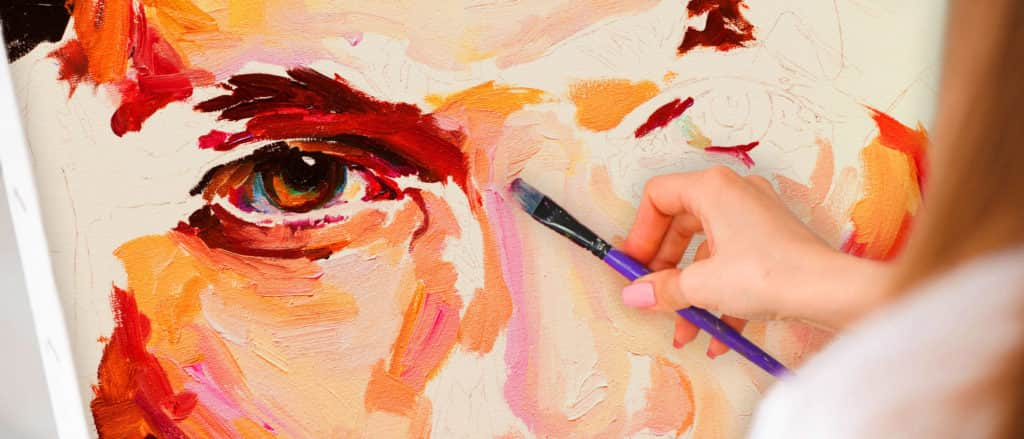Complete Guide to Mastering This Artistic Technique
Introduction
In the art world, the technique of pastel painting has been noted for its versatility and the vibrant expression of colors it offers. This article delves into the fundamentals of pastel painting, from the selection of materials to advanced techniques for creating masterpieces. Join us on this colorful journey and discover how you can start painting with pastels or hone your existing skills.
Understanding the Materials Needed for Pastel Painting
-Selection of Pastels for Painting
Pastels for painting come in various forms: soft, hard and oil pastels. Each type has its own characteristics and it is important to choose the right one according to the desired effect and the surface to be worked on.
-Surfaces and Tools for Pastel Painting
In addition to the cakes, you will need a suitable stand. Good textured papers or even specific canvases for pastel painting are essential to obtain good results. Don’t forget tools such as blurring or fixatives to help preserve your work.
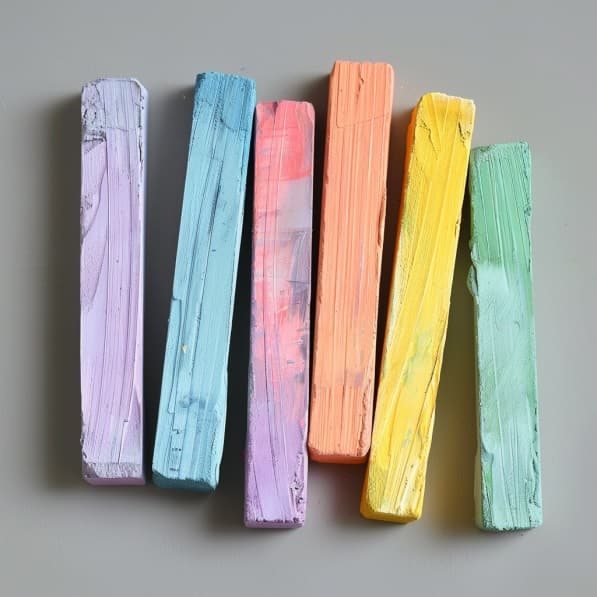
Basic and Advanced Techniques in Pastel Painting
1. Fundamentals of Pastel Painting
Starting with basic techniques such as mixing pastel paint colors and the correct use of pressure on the paper is crucial. Practice with simple strokes and progressively increase the complexity of your compositions.
2. Advanced Strategies for Painting with Pastels
For more experienced artists, exploring layering, color saturation and fine detail can completely transform a work. Understanding how the different types of pastels interact with each other is key to advancing the technique of pastel painting.
Inspiration and Case Studies in Pastel Painting
- Analysis of Masterpieces in Pastel: Studying works by famous artists who use painting pastels can provide you with a valuable source of inspiration. Observe how they handle light and shadow, as well as their choice of colors.
- How to Create Your Own Pastel Painting Style: Developing a unique style is essential to stand out as an artist. Experiment with different pastel paint colors and techniques until you find what resonates with your artistic voice.
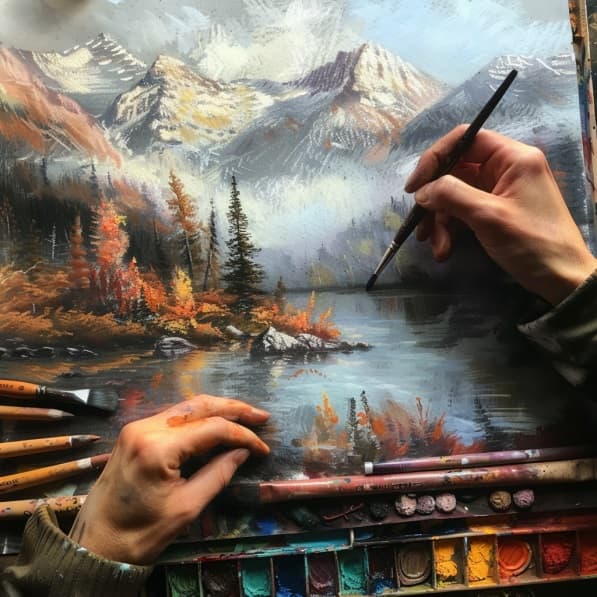
Practical Tips for Maintaining and Exhibiting your Pastel Work
a. Preservation of the Pastel Work
Learning how to properly fix your work is crucial to avoid deterioration. In addition, it is important to know the best practices for displaying a painting cake without damaging it over time.
b. Exhibition and Sale of Your Works
If you are interested in selling your art, we will give you tips on how to effectively present and market your painting pastels in galleries and online.
The pastel painting technique offers a world of creative possibilities. With the right information and a lot of practice, you can transform simple color bars into complex and moving artistic expressions. We hope this article has provided you with the tools and inspiration you need to explore and enjoy the beauty of pastel painting. Let’s get to work and create!
To learn how to work with pastel like a real professional, knowing all its characteristics, use of materials and how to get the most out of this technique, visit our Painting Course with Lifetime Access + Workshops.
FAQ:
- What materials do I need to start pastel painting?
You need pastels (soft, hard or oil pastels), textured paper or canvas, and basic tools such as smudgers and fixatives. - What are the best pastels for painting for beginners?
Soft cakes are generally easier to handle and are ideal for those who are just starting out. - How can I prevent my pastel painting from rubbing off?
By using a quality fixative you can protect your work from the effects of smudging and fading. - What color mixing techniques are effective in pastel painting?
Mixing on the trowel before application or mixing directly on the paper are effective techniques. - Is it possible to use pastels to paint on other media?
Yes, pastels are quite versatile and can be used over dry acrylic paints or other prepared backgrounds. - How should I store my paint pastels?
Store your cakes in a box that keeps them separate and protected from direct light and dust. - What surfaces are best for pastel painting?
Thick textured papers or specific canvases for pastels are ideal. - Can I mix oil pastels with soft pastels?
Yes, although each has its own particularities, experimenting with both can yield interesting results. - What are the most common challenges in pastel painting and how can I overcome them?
Controlling dust and color saturation are common challenges; practicing and working in a suitable space helps enormously. - What makes pastel painting unique compared to other techniques?
The intensity of the color and the ability to mix directly on the substrate make this technique unique.

